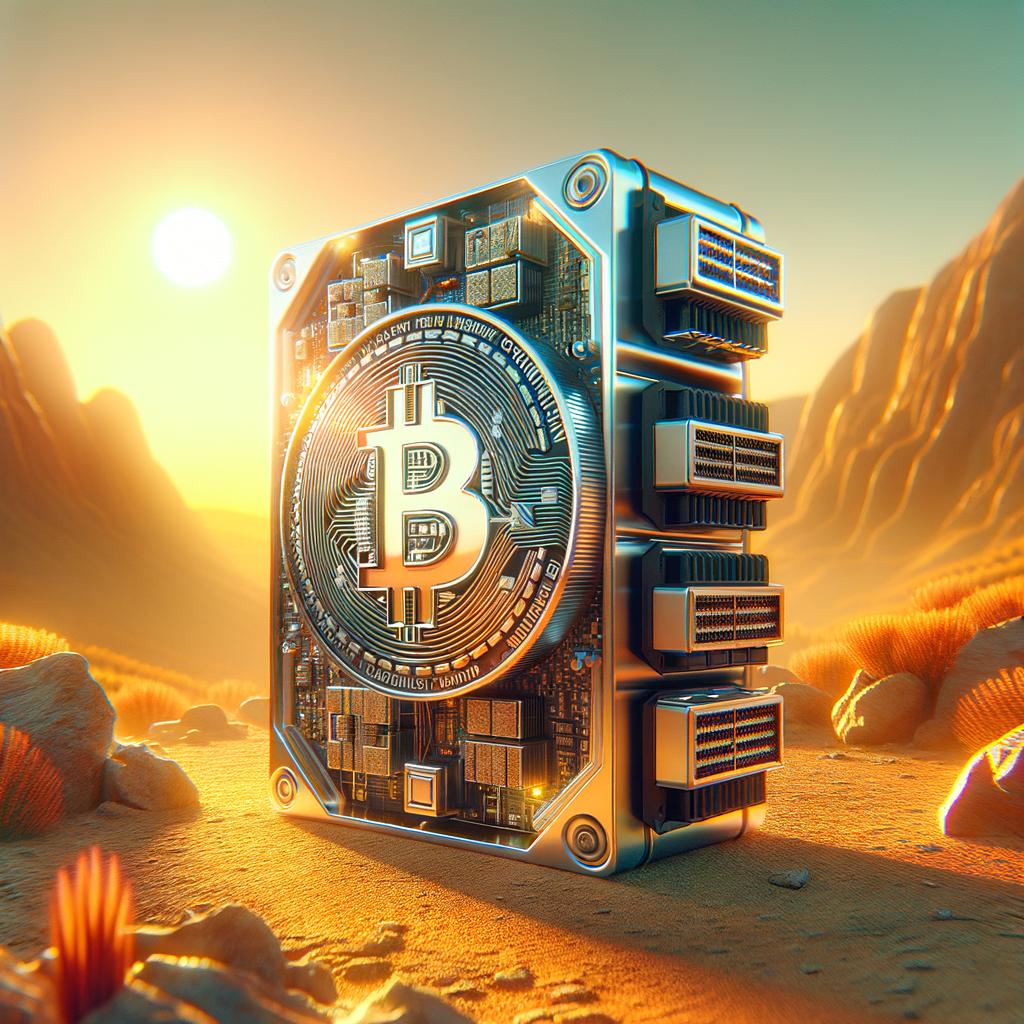Bitcoin Mining Hardware 2025: Next-Generation ASIC Predictions
Table of contents
As the digital currency landscape continues to evolve, Bitcoin mining remains a hot topic among enthusiasts and investors alike. The process of mining Bitcoin has transformed dramatically since its inception, influenced by technological advancements, market trends, and regulatory developments. In 2025, the quest for efficient and powerful mining hardware will take center stage, pushing the boundaries of what is possible. Predictions suggest that next-generation ASIC (Application-Specific Integrated Circuit) miners will redefine the mining experience, offering unprecedented efficiency and performance. Let’s explore what the future holds for Bitcoin mining hardware and how it may impact the cryptocurrency ecosystem.
The Evolution of Bitcoin Mining Hardware
Bitcoin mining hardware has come a long way from the early days when miners used standard CPUs and GPUs. The introduction of ASIC miners revolutionized the industry, providing dedicated machines designed solely for mining Bitcoin. These devices significantly increased hash rates and reduced energy consumption, making mining more accessible and profitable.
As we approach 2025, the evolution of ASIC technology will continue to shape the mining landscape. With advancements in semiconductor technology, we can expect the introduction of more powerful and energy-efficient ASIC miners that will enhance the overall mining process.
Key Features of Next-Generation ASIC Miners
Improved Energy Efficiency
One of the most significant challenges faced by Bitcoin miners is the high energy consumption associated with mining operations. In 2025, next-generation ASIC miners are expected to incorporate cutting-edge technologies that improve energy efficiency. Innovations such as advanced cooling systems and optimized chip designs will help reduce power consumption, ultimately lowering operational costs for miners.
Increased Hash Rates
Hash rate, a measure of computational power, is a critical factor in determining a miner’s success. The next wave of ASIC hardware will likely feature enhanced processing capabilities, allowing miners to achieve higher hash rates. This improvement will not only boost individual mining profitability but also increase competition among miners, driving further innovation in the industry.
Integration of AI and Machine Learning
Artificial intelligence and machine learning technologies are making their way into various sectors, and Bitcoin mining is no exception. Future ASIC miners may incorporate AI-driven algorithms that optimize mining operations in real-time. This integration can lead to better performance, improved decision-making, and reduced downtime, ultimately benefiting miners.
The Impact of Bitcoin Market Trends on Mining Hardware
Price Volatility
Bitcoin’s price volatility is a significant factor influencing mining operations. When prices soar, mining becomes more lucrative, incentivizing miners to invest in advanced hardware. Conversely, during market downturns, miners may struggle to cover operational costs. In 2025, the introduction of more efficient ASIC miners will help miners remain competitive, even in fluctuating markets.
Regulatory Developments
As governments and regulatory bodies around the world continue to scrutinize cryptocurrency activities, the mining landscape may undergo significant changes. Regulations surrounding energy consumption and environmental impact could influence hardware development. Next-generation ASIC miners will likely be designed with compliance in mind, focusing on sustainability and eco-friendly practices.
The Role of Decentralization in Bitcoin Mining
The decentralized nature of Bitcoin is one of its core principles. As mining becomes more competitive, there is a growing concern that a few large mining operations may dominate the market. Next-generation ASIC miners could facilitate greater decentralization by enabling smaller miners to compete effectively. Enhanced efficiency and reduced costs will empower individual miners to participate in the network, preserving the integrity of the Bitcoin ecosystem.
Future Considerations for Miners
Cost of ASIC Miners
As technology progresses, the cost of next-generation ASIC miners is likely to rise alongside their capabilities. Miners will need to weigh the potential return on investment against the initial hardware costs. Understanding market trends and forecasting Bitcoin prices will be critical for making informed purchasing decisions.
Long-Term Viability
Investing in Bitcoin mining hardware has always been a long-term commitment. As the network evolves, miners must anticipate future changes and adapt accordingly. Staying informed about technological advancements, market trends, and regulatory developments will be essential for maintaining profitability.
Conclusion
The future of Bitcoin mining hardware is poised for exciting advancements as we approach 2025. Next-generation ASIC miners promise improved energy efficiency, increased hash rates, and the integration of AI technologies, all of which will reshape the mining landscape. As the market continues to evolve, miners must remain adaptable and informed to thrive in this dynamic environment. The journey of Bitcoin mining is far from over, and the innovations on the horizon will undoubtedly play a crucial role in the ongoing success of the cryptocurrency.







